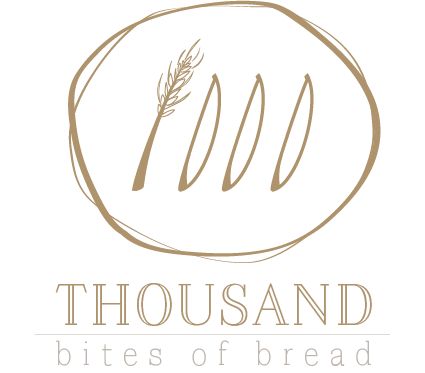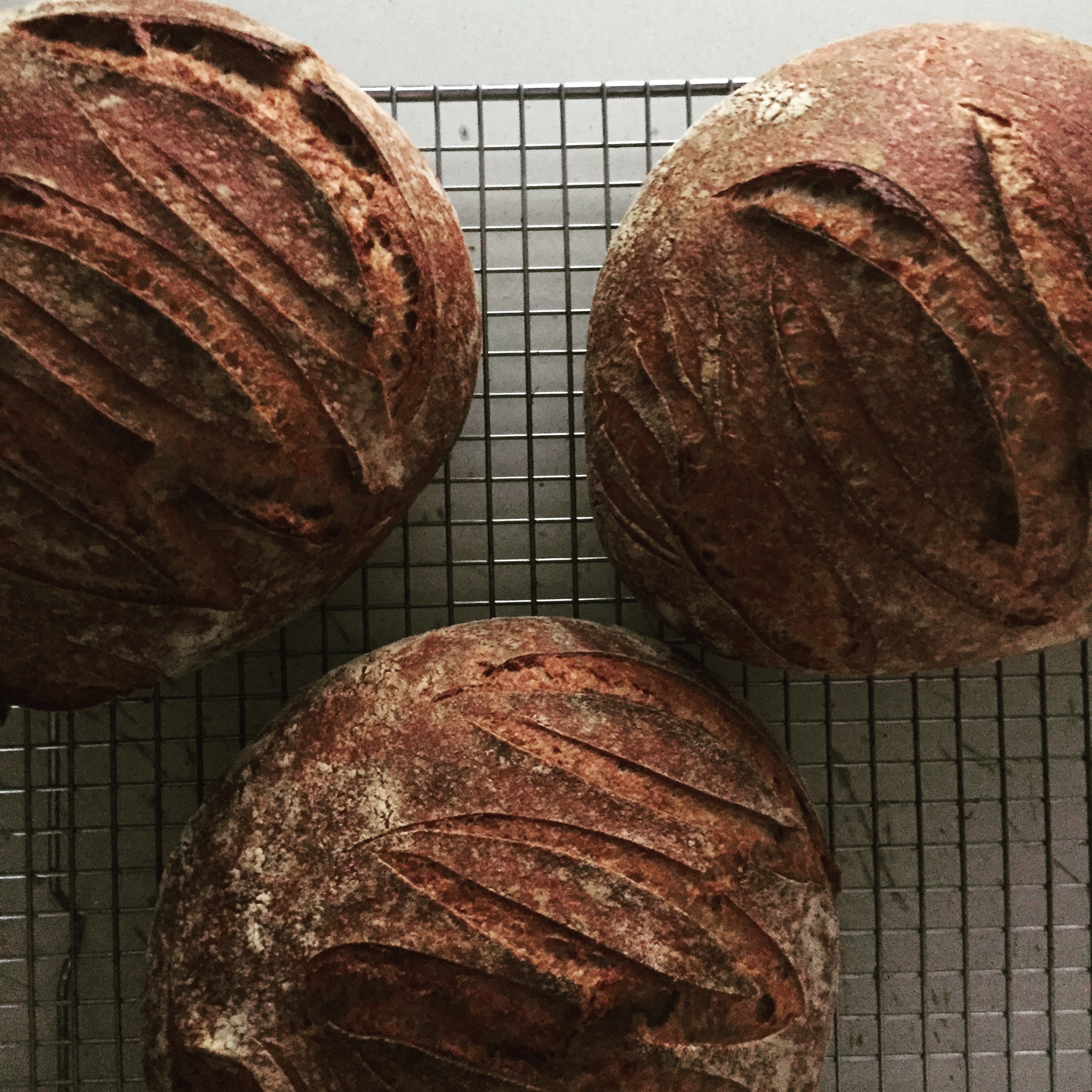Hello, bread lovers—
I recently sat in on a panel called “Can Heritage Grains Actually Feed the World?”, moderated by baker Peter Reinhart. There were some heavy hitters from the grain community: Dr. Stephen Jones, the director and head wheat breeder at the WSU Bread Lab; Glenn Roberts from Anson Mills; Amy Halloran, Flour Ambassador extraordinaire and the author of The New Bread Basket. It was here that I was also introduced to Sean Sherman, the Sioux Chef.
So, can heritage grains actually feed the world? The answer is a bit complex. Did you know that we produce enough food to feed the world and then some? Yet why are there still so many hungry nations? The answer, of course, is politics. And commodity agriculture is chock full of them. The notion that our current commodity system is necessary to keep the world population fed is completely false. According to a report by the Environmental Working Group, “Eighty-six percent of American agricultural exports in 2015 went to 20 of the world’s wealthiest and most developed export destinations, including Canada, China, Mexico and the European Union.”
In fact, “only half of 1 percent of U.S. agricultural exports last year went to 19 nations, including Haiti, Yemen and Ethiopia, that the U.N. Food and Agriculture Organization determined had very high or high undernourishment.”
If you’re having a hard time reading between the lines, let me decipher. It’s a total farce that the world is depending on U.S. commodity farming to keep the hungry fed. Not only that, but we’re keeping the world hungry at a cost to our air, water, and land resources. What would really help end world hunger? Supporting small farmers in less developed areas and focusing on an economy that fosters them growing their own food.
Dr. Stephen Jones encouraged me to read this article, and I’m passing it on to you. We all really need to think about our food choices and what kind of world these choices support. Amy Halloran points out that supporting small farms and helping them get out from under the damaging commodity systems that they’re shackled to is paramount to a healthy agricultural system. I agree.
Savor your week in each and every choice you make.
All my best,

What I’m making this week:
All the bread I’m making this week reflects the people I talk about above.
Mama bread is made with a modern landrace wheat developed by Dr. Stephen Jones and his wheat breeding team at WSU Bread Lab. Camas Country Mill grew some out and graciously sold some to me to try. For now, they’re calling it Skagit 1109, which sounds quite sci-fi, but it’s only a temporary name until it gets its final moniker, possibly Doris Grant.
For the organic sandwich loaf this week, I’m using triple sifted white wheat from Camas Country Mill and 5% malted barley flour given to me by Amy Halloran. It’s her favorite malt and she passed some on to me. In this loaf, I’m also using benne seeds from Anson Mills.
Rye Crackers made with the last of my Abruzzi Rye from Grist & Toll.
Savor your week with delight and gratitude and the kind of fire that both burns bright and keeps you warm…

